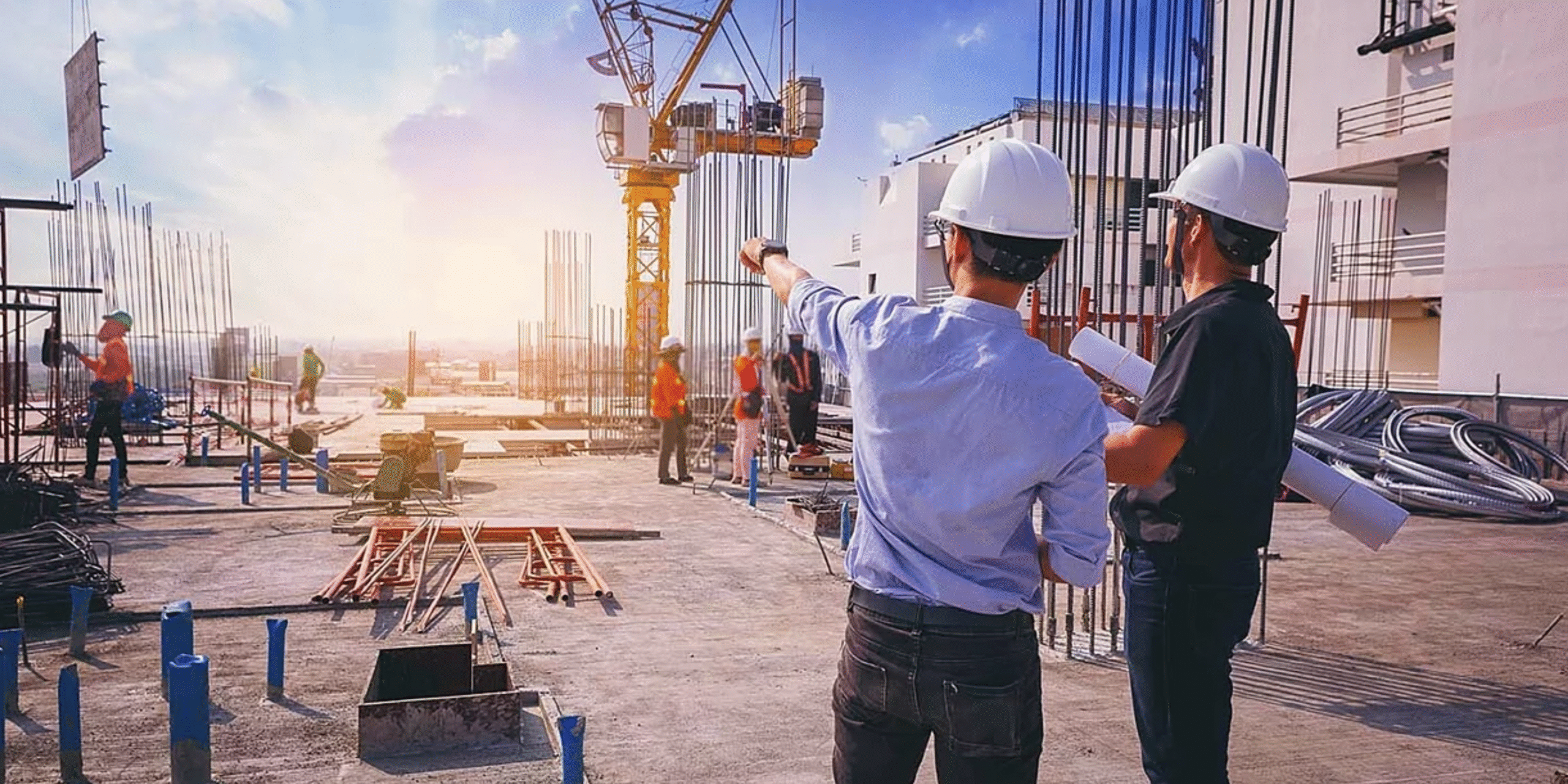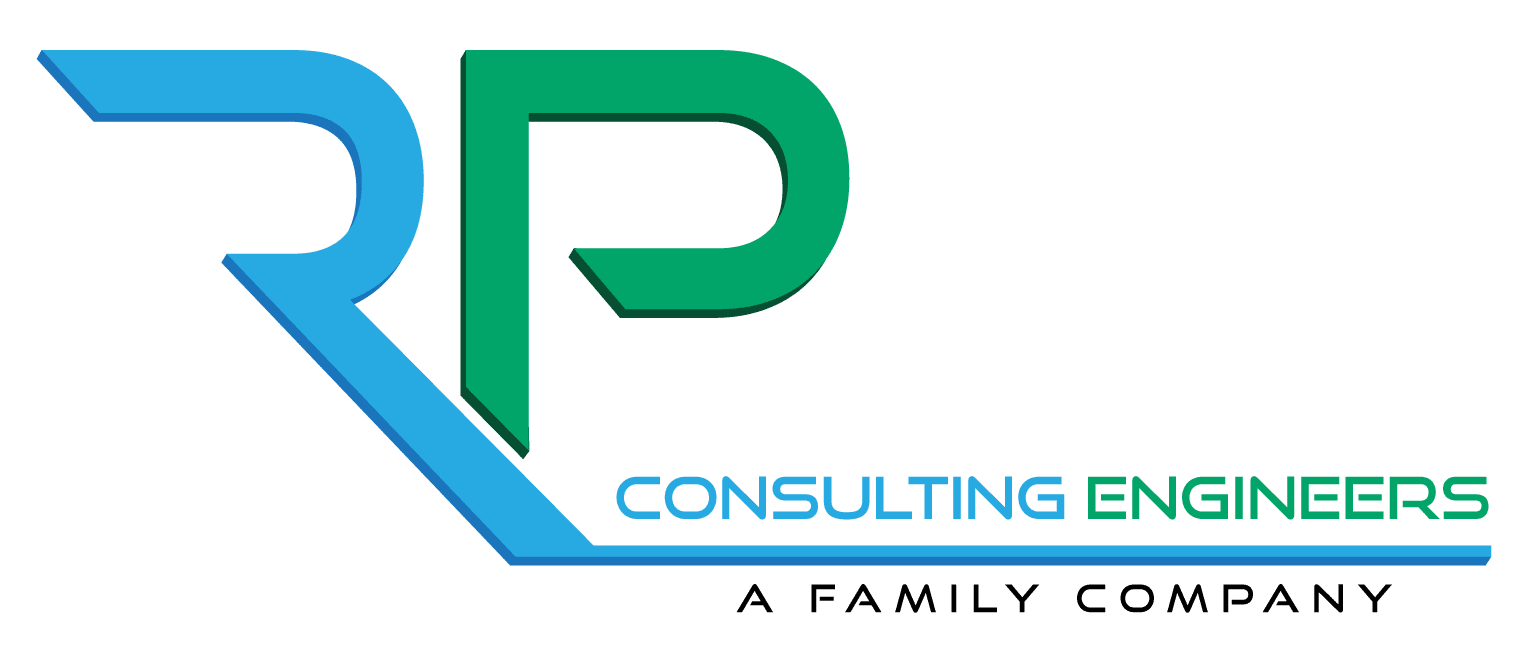
How Do Fire Protection Engineers Ensure Building Safety?
Fire safety is one of the most critical aspects of building design and maintenance. Proper planning, design, and implementation of fire protection systems are essential to safeguard occupants, property, and operations. This is where professional fire protection engineers play a vital role. They ensure that buildings comply with safety standards, minimize risks, and provide a secure environment for everyone inside.
At R&P Consulting Engineers, we specialize in delivering comprehensive fire protection engineering solutions that prioritize safety, efficiency, and compliance. In this article, we’ll explore how fire protection engineers ensure building safety and why engaging experienced professionals is crucial for any construction or renovation project.
1. Understanding Fire Risk and Hazard Assessment
The first step in ensuring building safety is conducting a thorough fire risk and hazard assessment. Fire protection engineers evaluate the building’s design, materials, occupancy, and usage patterns to identify potential fire hazards. They examine factors such as:
- Flammable materials and storage areas
- Electrical equipment and wiring
- Heating, ventilation, and air conditioning (HVAC) systems
- Occupancy density and evacuation routes
By analyzing these elements, Building Safety Engineers in New Jersey can develop tailored fire protection strategies that minimize risks and enhance occupant safety. This proactive approach prevents incidents before they occur, ensuring the building is well-prepared for emergencies.
2. Designing Effective Fire Detection Systems
One of the core responsibilities of fire protection engineers is the design of fire detection systems. Early detection is critical to preventing the spread of fire and ensuring timely evacuation. Professionals design systems that include:
- Smoke detectors and heat sensors
- Fire alarm systems with visual and auditory alerts
- Automated emergency notification systems
R&P Consulting Engineers ensures that these detection systems are strategically placed throughout the building to cover high-risk areas, stairwells, and common spaces. Properly designed systems can save lives and significantly reduce property damage by alerting occupants and authorities promptly.
3. Implementing Fire Suppression Systems
Fire suppression systems are another essential component of building safety. Fire protection engineers select and design systems appropriate for the building type and its hazards. Common systems include:
- Sprinkler systems for automatic fire suppression
- Standpipe and hose systems for manual firefighting
- Fire extinguishers for localized control
- Special suppression systems, such as gas-based or foam systems for sensitive equipment
By integrating these solutions, Building Safety Engineers in New Jersey ensure that fires are contained quickly, minimizing damage and risk to occupants. R&P Consulting Engineers specializes in designing suppression systems that meet all code requirements while maximizing efficiency and reliability.
4. Ensuring Compliance with Fire Safety Codes
Fire safety regulations can be complex and vary depending on location and building type. Fire protection engineers are well-versed in national, state, and local codes, ensuring that buildings comply with all requirements. Compliance areas include:
- National Fire Protection Association (NFPA) standards
- Local fire codes in New Jersey
- Occupational safety regulations
- Accessibility and emergency egress requirements
By adhering to these codes, Building Safety Engineers in New Jersey reduce liability, enhance occupant safety, and avoid fines or legal complications. R&P Consulting Engineers prioritizes code compliance in every project, providing peace of mind to building owners and tenants alike.
5. Designing Safe Evacuation Routes
Effective fire protection is not only about detection and suppression—it’s also about ensuring that occupants can evacuate safely during an emergency. Fire protection engineers design clear, accessible, and well-marked evacuation routes, including:
- Stairwells and exit paths free from obstructions
- Emergency lighting and illuminated exit signs
- Fire-rated doors and barriers to prevent smoke and flames from spreading
These measures are critical for saving lives during an emergency. R&P Consulting Engineers evaluates building layouts and occupancy to create efficient evacuation plans tailored to the structure’s specific needs.
6. Incorporating Fire-Resistant Materials
Another key strategy used by fire protection engineers is selecting fire-resistant materials for construction and interior design. Materials that slow the spread of fire or resist ignition help protect both occupants and property. Examples include:
- Fire-rated walls, ceilings, and floors
- Fire-retardant coatings for wood and fabrics
- Flame-resistant insulation and wiring
By integrating these materials, Building Safety Engineers in New Jersey enhance the building’s overall resilience and reduce the severity of potential fire incidents.
7. Performing Regular Fire Safety Inspections
Fire protection engineering does not end with design and installation. Regular inspections and maintenance are critical to ensuring systems continue to function correctly. Engineers check for:
- Proper operation of alarms and detection devices
- Functionality of sprinkler and suppression systems
- Blocked exits or compromised safety barriers
- Compliance with updated fire codes
R&P Consulting Engineers provides ongoing monitoring and inspection services to ensure that your building remains safe, reliable, and fully compliant with regulations.
8. Integrating Fire Safety into Building Design
Modern fire protection engineering goes beyond standalone systems. Professionals integrate fire safety into the overall building design, creating a cohesive approach that balances safety, functionality, and aesthetics. This includes:
- Coordinating HVAC and electrical layouts to prevent fire hazards
- Designing compartmentalized spaces to contain fires
- Ensuring that building automation systems support emergency responses
By considering fire safety from the early stages of design, Building Safety Engineers in New Jersey reduce risks and improve the overall performance of safety systems. R&P Consulting Engineers collaborates closely with architects and contractors to achieve this integrated approach.
9. Leveraging Technology for Fire Safety
Technology plays an increasingly important role in fire protection. Fire protection engineers utilize advanced tools and software to enhance safety, including:
- Building Information Modeling (BIM) for fire system planning
- Automated monitoring and alert systems
- Fire simulations to test building safety strategies
- Data analytics for predictive maintenance
Using these advanced solutions, R&P Consulting Engineers ensures that your building is equipped with state-of-the-art fire protection systems that are both effective and reliable.
10. Training and Emergency Preparedness
Finally, fire protection engineers help ensure building safety by providing training and emergency preparedness guidance. Occupants and staff need to understand how to respond in a fire emergency, and engineers develop programs that include:
- Evacuation drills and procedures
- Proper use of fire extinguishers and suppression systems
- Emergency response coordination with local authorities
By educating building occupants, Building Safety Engineers in New Jersey create a culture of safety that complements technical fire protection measures.
Ensure Your Building’s Safety Today
Fire protection is not something to leave to chance. Engaging professional Building Safety Engineers in New Jersey ensures that your building is designed, constructed, and maintained with the highest safety standards. From risk assessments and fire detection to suppression systems and compliance, every aspect of fire protection is critical to protecting lives and property.
At R&P Consulting Engineers, we combine decades of expertise with innovative solutions to provide comprehensive fire protection services. Whether you are planning a new construction project, renovating an existing facility, or need ongoing safety inspections, our team is ready to help.
Contact us today at (917) 684-0136 or email admin@rnpconsultingengineers.com
to schedule a consultation. Let R&P Consulting Engineers safeguard your building and provide peace of mind for you and your occupants.
